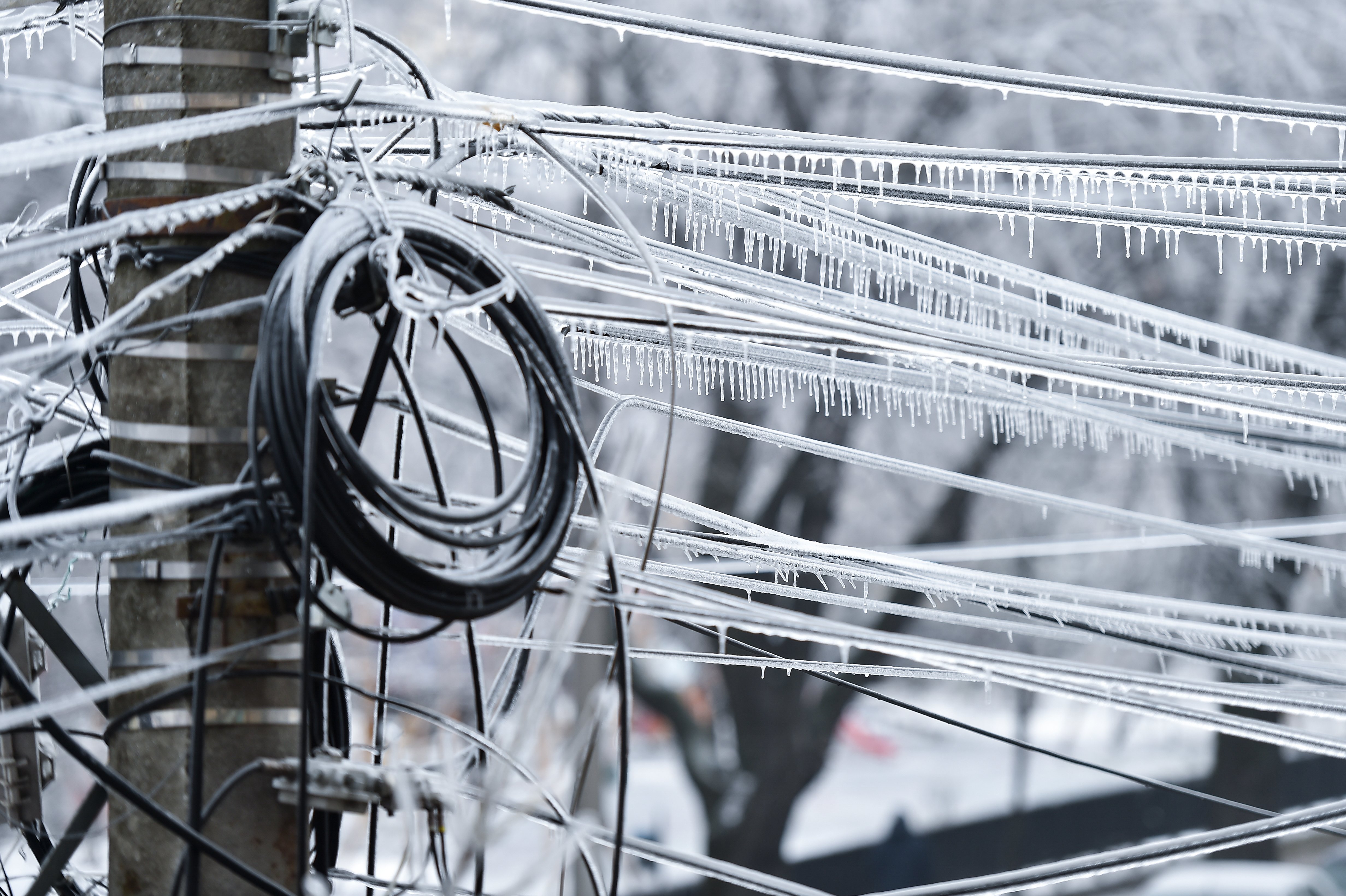The following is an excerpt from our ‘Reveal Hidden Value with Better Digital Tools to Gather, Analyze Utility Asset Data’ playbook. You can access the full version here.

Utilities often underestimate the potential value of the data they gather from grid asset inspections. When utilities gather this data often and at high resolution, then analyze it using advanced digital tools, that data offers value that goes far beyond routine maintenance work. However, if the asset is inaccurate, or if it is allowed to grow stale, it loses value.
"Implementing effective asset maintenance and management, driven by current data that you can really trust, can reduce operational expenses by as much as one-third."
- DAVID GROARKE, MANAGING DIRECTOR OF INDIGO ADVISORY GROUP
Fresh, accurate, comprehensive grid asset data enables utility professionals to save their organization considerable money, time, and trouble. They can also help position the utility for a more resilient future by:
- Preventing outages
- Improving safety for personnel and customers
- Increasing staff productivity
- Streamlining compliance
- Ensuring long-term grid efficiency, reliability, and flexibility
- Revealing innovative opportunities for grid modernization
The challenge is that many utilities lack the resources and expertise to fully realize these benefits. Emerging technologies such as drones and artificial intelligence are beginning to empower utilities to collect and analyze more comprehensive asset data than ever before. In a recent survey of utility professionals conducted by Utility Dive’s studioID and PrecisionHawk, over one-third of them reported that they often use advanced technologies (like drones or satellite imagery) to gather grid asset data.

“Stronger asset intelligence is one of the most effective ways to drive down operational costs,” said David Groarke, managing director of Indigo Advisory Group. “Among the utilities we’ve worked with, 30% of operational expenditures are essentially the overhead of asset management, such as routine inspections and repairs. That’s not even considering the cost of catastrophic failures. Implementing effective asset maintenance and management, driven by current data that you can really trust, can reduce operational expenses by as much as one-third. That’s money utilities can use to make their future grids even better.”
On the path toward comprehensive asset intelligence, utilities typically face several data challenges—especially when they rely primarily on ground-based inspection crews:
- Quantity. Utilities must gather enough data about each asset to make informed maintenance decisions, including top-down views of poles and transformers, and thermal imagery across the full span of powerlines.
- Quality. High-resolution imagery and telemetry, as well as accurate location and configuration data, are needed for accurate analysis and predictions.
- Consistency. The same formats and types of data must be gathered for each asset class.
- Comprehensiveness. Every asset, and all components attached to each asset, must be included in the inventory.
- Timeliness. Operating conditions keep changing, which can affect assets in surprising ways. Decisions based on “stale” asset data can yield costly errors.
- Access. Most utilities still have siloed IT systems, making it hard for staff to find and use the asset data they already have. This opens up data access to the wider organization.
- Analytical efficiency. Large volumes of imagery and other data require automated, intelligent analysis tools. This quickly identifies assets that require attention from human experts.
Once these data issues are addressed, improvements tend to emerge quickly. At the most basic level, a utility can update and correct the data in their asset management system, identifying any prior issues they may have missed. For instance, one utility that PrecisionHawk worked with discovered discrepancies in either the asset descriptions or locations, along almost every feeder. Ultimately, they learned their original data had been only about 10% accurate.
In our playbook, Reveal Hidden Value with Better Digital Tools to Gather, Analyze Utility Asset Data, we’ll demonstrate how utilities can incorporate emerging technologies such as drones and artificial intelligence to reduce costs, improve accuracy, and prevent outages.




